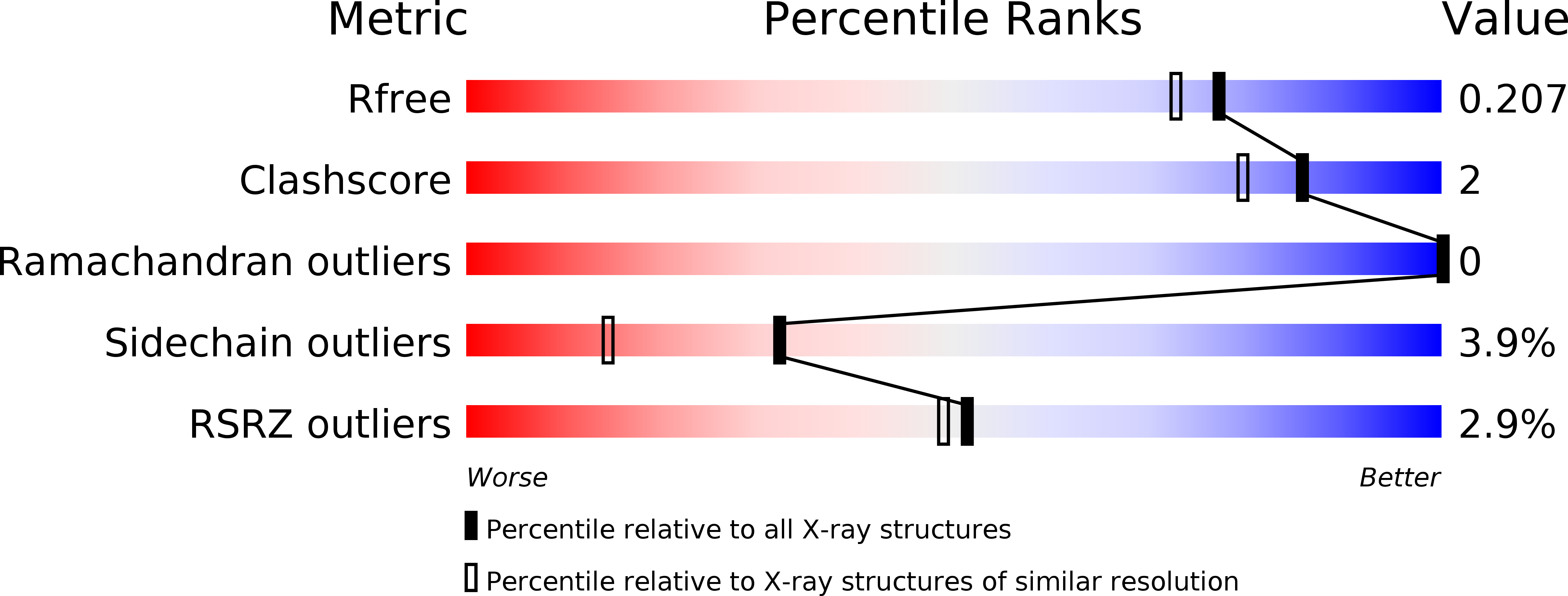
Deposition Date
1997-11-29
Release Date
1998-03-04
Last Version Date
2024-02-14
Method Details:
Experimental Method:
Resolution:
1.84 Å
R-Value Free:
0.25
R-Value Work:
0.22
R-Value Observed:
0.22
Space Group:
P 61 2 2


